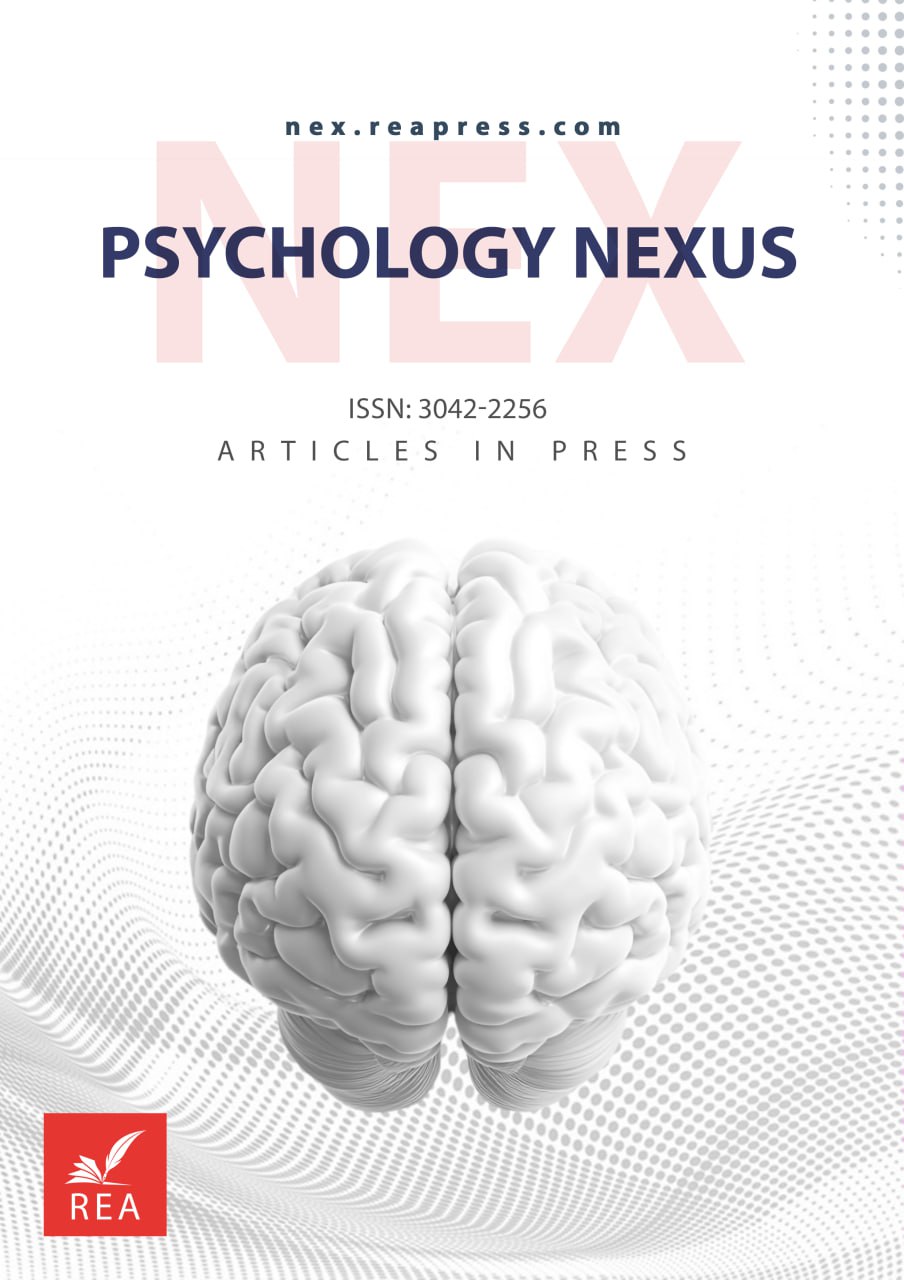History of Mechanics Rewritten: Islamic Golden Age to Newtonian Synthesis
Abstract
The standard account of the Scientific Revolution follows a gradual, Eurocentric trajectory from Copernicus to Newton, who ultimately developed the laws of mechanics in his Principia Mathematica. This history, while celebrating a monumental accomplishment, often omits the vital intellectual underpinnings established centuries ago. Challenging this truncated history, this essay contends that the conceptual underpinnings of Newtonian mechanics—specifically the concepts of inertia, acceleration, and gravitational attraction—were not generated ex nihilo in 17th-century Europe. This article will show that by studying the work of thinkers like Ibn Sina, Ibn al-Haytham, Abu'l-Barakat al-Baghdaadi, and al-Khazini, they not only preserved Greek science but also critically challenged and enhanced it, creating precursor ideas to inertia and gravity. It will next follow the spread of these ideas into medieval Europe, where they directly affected the philosophers who set the groundwork for Galileo and finally Newton. Newton's synthesis requires acknowledging the crucial contributions of the Islamic scientific tradition, which have been overlooked, and therefore, mechanics is not considered an "Arabic innovation" in the modern sense.
Keywords:
Mechanics, Principia mathematica, Islamic golden age, History, Medieval EuropeReferences
- [1] Newton, I. (1833). Philosophiae naturalis principia mathematica. G. Brookman. https://B2n.ir/wx2545
- [2] Mageed, I. A. (2025). Does infinity exist- crossroads between mathematics, physics, and philosophy. http://dx.doi.org/10.20944/preprints202506.2056.v1
- [3] Mageed, I. A. (2025). The Islamization of mathematics-a philosophical and pedagogical inquiry. http://dx.doi.org/10.20944/preprints202506.2451.v1
- [4] Shioyama, T. (2021). Newton. Faraday. Einstein: From classical physics to modern physics. World Scientific. https://B2n.ir/sm5019
- [5] Iqbal, M. (2018). Islam and science. Routledge. https://doi.org/10.4324/9781315195698
- [6] Straface, A. (2020). Abū Bakr al-Rāzī, Muḥammad ibn Zakarīyāʾ (Rhazes). In Encyclopedia of medieval philosophy: Philosophy between 500 and 1500 (pp. 18–22). Springer. https://doi.org/10.1007/978-94-024-1665-7_5
- [7] Morgan, D. L. (2022). Robert merton and the history of focus groups: Standing on the shoulders of a giant? The American sociologist, 53(3), 364–373. https://doi.org/10.1007/s12108-021-09500-5
- [8] Eamon, W. (2020). Science and the secrets of nature: Books of secrets in medieval and early modern culture. Princeton University Press. https://www.torrossa.com/en/resources/an/5622774
- [9] Marrone, S. (2022). The light of thy countenance: Science and knowledge of God in the thirteenth century: Volume Two. Brill. https://B2n.ir/wz1661
- [10] Gutas, D. (2023). Hellenic philosophy, Arabic and syriac reception of. In Oxford classical dictionary. https://doi.org/10.1093/acrefore/9780199381135.013.8170
- [11] Desaguliers, J. T. (1723). Animadversions upon some experiments relating to the force of moving bodies; with two new experiments on the same subject. Philosophical transactions of the royal society of london, 32(376), 285–290. https://doi.org/10.1098/rstl.1722.0052
- [12] Walley, S. M. (2018). Aristotle, projectiles and guns. https://doi.org/10.48550/arXiv.1804.00716
- [13] Arabi, I. (2023). Les Illuminations de La Mecque. In Les secrets du jeûne (pp. 45–58). Paris: Éditions i. https://shs.cairn.info/article/EDI_IBNAR_2023_04_0045
- [14] Marcotte, R. D. (2020). Abū L-Barakāt al-Baġdādī. In Encyclopedia of medieval philosophy: Philosophy between 500 and 1500 (pp. 31–38). Springer. https://doi.org/10.1007/978-1-4020-9729-4_6
- [15] Drake, S. (1993). Galileo. In Cosmology. CRC Press. https://doi.org/10.1201/9781003418047
- [16] Gari, L., & Abattouy, M. (2008). Abu ‘l-Barakat al-Baghdadi: Outline of a non-Aristotelian natural philosophy. https://muslimheritage.com/abu-l-barakat-al-baghdadi-aristotelian-philosophy/
- [17] Abrahamov, B. (2019). Islamic theology: Traditionalism and rationalism. Edinburgh University Press. https://www.degruyterbrill.com/document/doi/10.1515/9781474463782/html
- [18] Christie, J. R. R. (2020). The development of the historiography of science. In Companion to the history of modern science (pp. 5–22). Routledge. https://doi.org/10.4324/9781003070818
- [19] Setiawan, A. R. (2022). Six rhetoric quadratic: The six types of quadratic equations presented by abū ja’far muḥammad ibn mūsā al-khwārizmī in al-kitāb al-mukhtaṣor fī ḥisāb al-jabr wa al-muqōbala. https://osf.io/preprints/thesiscommons/3psu2_v1
- [20] Rashed, R. (2019). Encyclopedia of the history of Arabic science. Routledge. https://B2n.ir/yp2881
- [21] Tbakhi, A., & Amr, S. S. (2007). Ibn Al-Haytham: Father of modern optics. Annals of saudi medicine, 27(6), 464–467. https://doi.org/10.5144/0256-4947.2007.464
- [22] Raynaud, D. (2016). Critical edition of Ibn Al-Haytham’s on the shape of the eclipse. Springer. https://doi.org/10.1007/978-3-319-47991-0
- [23] Bakalla, M. H. (2023). Arabic culture: through its language and literature. Taylor & Francis. https://doi.org/10.4324/9781003402503
- [24] Pascucci, A. (2024). Probability theory. Springer. https://doi.org/10.1007/978-3-031-63190-0
- [25] Sinclair, M. (1923). The nature of the evidence. Fortnightly, 113(677), 871–879. https://www.proquest.com/openview/f777dc7319816543/1?pq-origsite=gscholar&cbl=14004
- [26] Dear, P. (2018). Revolutionizing the sciences: European knowledge in transition, 1500-1700. Bloomsbury Publishing. https://www.bloomsbury.com/uk/revolutionizing-the-sciences-9781352003130/
- [27] Sissa, G. (2021). Mille facesse iocos! Mètis. anthropologie des mondes grecs anciens, 147–165. https://hal.science/hal-03708858/
- [28] Drake, S. (2003). Galileo at work: His scientific biography. Courier Corporation. https://B2n.ir/qk1534
- [29] Gleick, J. (2025). Isaac Newton: Un destin fabuleux. Dunod. https://B2n.ir/xs8236
- [30] Sharma, P. (2021). The mind: A way towards the perfection of powers of our mind and life with a 13 year old. Preyas Sharma. https://B2n.ir/mx3753
- [31] Long, D. P. (2022). John henry newman, doctrinal development, and the canonical status of the theologian in the church [Thesis]. https://www.proquest.com/openview/59783cd3e6aed0c07a246d5bce660d70/1?pq-origsite=gscholar&cbl=18750&diss=y
- [32] Isadora, M. (2022). On hooke’s rule of nature. History of science and technology, 12(2), 249–261. https://doi.org/10.32703/2415-7422-2022-12-2-249-261
- [33] Finocchiaro, M. A. (2021). Koyré’s Études galiléennes: Critical reasoning vs. A priori rationalism. In Science, method, and argument in galileo: philosophical, historical, and historiographical essays (pp. 369–388). Cham: Springer International Publishing. https://doi.org/10.1007/978-3-030-77147-8_19
- [34] Agostini, C. de S., Silveira, I. P. da, & Polla, C. C. (2021). Scientific evolution of philosophical concepts of the origins of universe and life. Revista archai, (31), e03116. https://doi.org/10.14195/1984-249X_31_16
- [35] Medawar, P. B. (2021). The art of the soluble. Routledge. https://doi.org/10.4324/9781003221036


